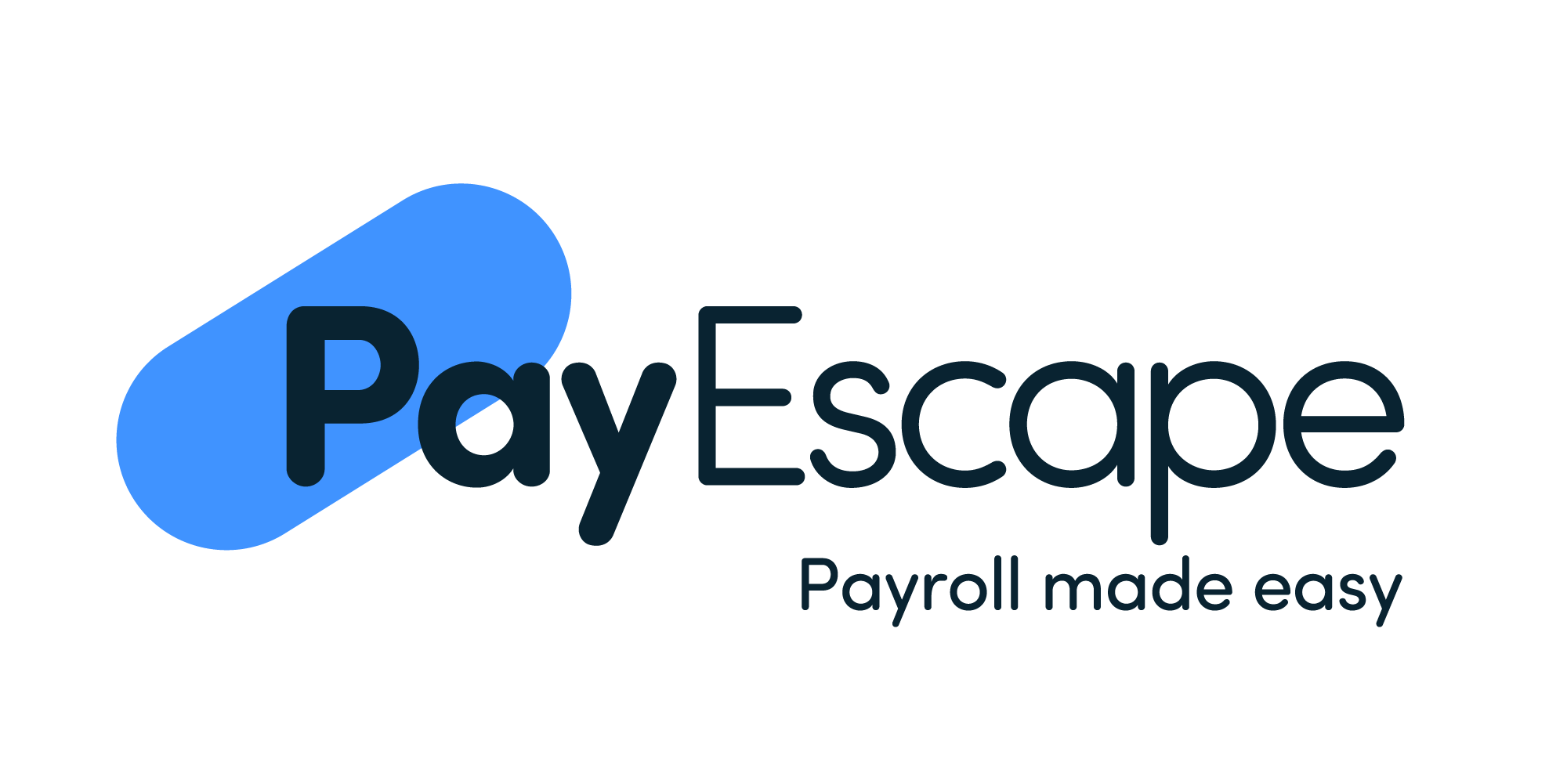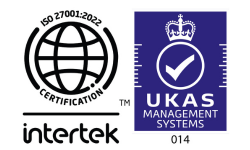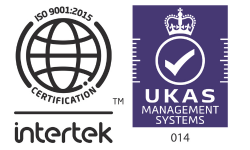Employment Allowance is a UK government initiative designed to help small businesses and charities reduce their National Insurance contributions tax. Introduced in April 2014, this allowance allows eligible employers to save on their NICs, which can result in significant cost savings, particularly for smaller organisations with limited budgets.
Employment Allowance is a straightforward yet impactful way to manage payroll expenses more efficiently, ensuring that employers can invest more resources into other aspects of their business. Understanding Employment Allowance is important for business owners, payroll administrators, and HR professionals who are responsible for managing the financial and administrative aspects of their organisation.
How Employment Allowance Works

Employment Allowance provides eligible employers with up to £5,000 off their annual NICs bill. Essentially, this means that the first £5,000 of Class 1 NICs that an employer would otherwise pay in a tax year can be deducted, reducing the overall cost of employing staff. If an employer’s total Class 1 NICs bill is less than £5,000 in a given year, the allowance will cover the entire amount.
It’s important to note that the allowance is not a grant or a loan, so there’s no need to repay it. Once claimed, the Employment Allowance will automatically be applied against the employer’s NICs bill until the £5,000 limit is reached.
The process of claiming Employment Allowance is straightforward. Employers do not need to apply separately; instead, they can claim the allowance through their payroll software when submitting their regular PAYE submissions to HMRC. .
Eligibility Criteria for Employment Allowance
Employment Allowance is a valuable relief for many employers, but it comes with specific eligibility criteria designed to ensure that it benefits those who need it most. Below is a detailed breakdown of the key eligibility requirements and considerations:
1. Business Size and National Insurance Contributions Liability
- NICs Liability Threshold:Employment Allowance is available only to employers whose total Class 1 NICs liability in the previous tax year was less than £100,000.
- Calculating NICs Liability: This includes all NICs paid on employees’ earnings, but it excludes Class 1A and Class 1B contributions, which are paid on benefits in kind and PAYE Settlement Agreements, respectively.
- Implications for Large Employers: For large employers, exceeding the £100,000 threshold means they cannot claim Employment Allowance. These businesses should ensure they accurately assess their NICs liability to avoid incorrect claims, which could lead to penalties.
Types of Employment Covered by the Allowance
Employment Allowance is specifically targeted at employers with staff who fall under certain categories of employment. Understanding the types of employment covered is critical to ensuring that your business qualifies.
- Class 1 NICs: The allowance is designed to offset Class 1 NICs, which are contributions made by employers on employees’ earnings. This is the key type of employment that the allowance covers.
- Exclusions for Domestic Staff: Employers who only hire domestic staff are generally not eligible for Employment Allowance. This includes employees such as nannies, housekeepers, gardeners, or other household workers, unless these employees are directly employed by a business or a charity rather than by an individual or family. For instance, if a business hires a cleaner for office premises, that would qualify, but if an individual hires a cleaner for their home, it would not.
- Public Sector Employers: Public bodies or businesses conducting more than 50% of their work in the public sector are generally ineligible for Employment Allowance. This includes entities such as local councils, NHS trusts, and government departments. However, there are exceptions for charities that engage in public sector contracts, provided that their primary function remains charitable.
3. Connection Rules for Group Companies and Connected Businesses
Businesses that are part of a larger group structure, or have multiple connected companies, need to pay special attention to the connection rules when claiming Employment Allowance.
- Single Allowance Per Group: If a business is part of a group of companies or has connected companies, only one company within the group can claim Employment Allowance. This is to prevent multiple claims from entities that are under common control or ownership, which could otherwise result in an unfair advantage.
- Determining the Claimant: The company that makes the first PAYE submission of the tax year typically claims the allowance. This decision is critical because, once made, it cannot be altered for the remainder of the tax year. Therefore, businesses within a group must plan strategically to determine which company will benefit most from the allowance.
- Connection Definition: Connected companies are typically defined as those that share common ownership or control. For example, if one company owns 51% of another, they are considered connected. The allowance rules aim to ensure that only one entity within such a group can claim the benefit, reflecting the overall NICs liability of the group rather than individual companies.
4. Additional Exclusions and Considerations
There are several additional exclusions and specific situations that can affect eligibility for Employment Allowance, which employers should be aware of to avoid unintentional non-compliance.
- Employment of Directors: If a company has only one employee and that employee is also a director, the company is not eligible for Employment Allowance. This exclusion is designed to prevent single-director companies from benefitting when there is no broader workforce.
- Companies with Multiple Directors: If a company employs multiple directors and at least one other employee who is not a director, then it may be eligible for the allowance. However, the NICs threshold and connection rules still apply.
- Employers Who Have Ceased Trading: Employers who have ceased trading during the tax year or have no employees on their payroll are not eligible to claim the allowance. The allowance is intended to support active employers with ongoing NICs liabilities, not those who have closed operations.
- Charities and Community Amateur Sports Clubs (CASCs): Charities and CASCs are eligible for Employment Allowance, provided they meet the other criteria. These organisations often have lower NICs liabilities, so the allowance can be particularly beneficial in helping them manage costs related to employing staff for charitable or community purposes.
Impact of Employment Allowance on Your Business
Employment Allowance can have a significant impact on your business’s finances, particularly if you are a small or medium-sized enterprise (SME) with tight profit margins. By reducing your NICs bill, you can free up funds to invest in other areas of your business, such as staff training, development, or equipment upgrades.
- Cost Savings: The most direct benefit of Employment Allowance is the reduction in NICs, which can translate into substantial cost savings. For a small business with limited resources, saving up to £5,000 annually can make a considerable difference in cash flow, allowing for reinvestment in growth opportunities or other essential business activities.
- Enhanced Cash Flow Management: By reducing your NICs liability, Employment Allowance can also improve your business’s cash flow management. This can be particularly beneficial for businesses with seasonal fluctuations in revenue or those that operate in industries with long payment cycles. The savings on NICs can help smooth out cash flow and provide a buffer during lean periods.
- Employee Retention and Recruitment: With the savings generated by Employment Allowance, businesses may be in a better position to offer competitive salaries, benefits, or bonuses, which can aid in employee retention and recruitment. In a competitive job market, having the financial flexibility to attract and retain talent is crucial for long-term success.
- Simplified Payroll Processing: For businesses that use payroll software, claiming Employment Allowance simplifies the payroll processing routine. Once set up, the allowance is applied automatically, reducing the need for manual calculations or adjustments. This can save time and reduce the risk of errors in payroll processing.
Common Mistakes to Avoid When Claiming Employment Allowance
While claiming Employment Allowance is generally straightforward, there are some common mistakes that employers should be aware of to avoid issues with HMRC or missing out on the allowance altogether.
1. Failing to Claim the Allowance
One of the most common mistakes is simply failing to claim the allowance. This can happen if employers are unaware of the allowance or if they forget to select the correct option in their payroll software. Regularly reviewing your payroll processes and staying informed about tax reliefs and allowances can help prevent this mistake.
2. Incorrectly Claiming the Allowance
Another common issue is claiming the allowance when the business is not eligible. For example, businesses that exceed the £100,000 NICs liability threshold or those that employ only domestic staff may inadvertently claim the allowance, leading to potential penalties from HMRC. It’s crucial to thoroughly check your eligibility before making a claim.
3. Not Monitoring the Allowance Usage
Employers should monitor how the Employment Allowance is being applied throughout the year to ensure that it is being used correctly. This includes checking that the allowance is being applied to the right NICs liability and that it stops once the £5,000 limit is reached. Failure to monitor this could result in discrepancies in your PAYE submissions.
Payroll services for employment allowance
Payroll services can save time and money by ensuring compliance with HMRC regulations and maximising Employment Allowance benefits, while also providing expert guidance to avoid common mistakes and navigate changes. Find out more about our fully managed payroll services or how outsourcing your payroll to PayEscape will benefit your business.

















